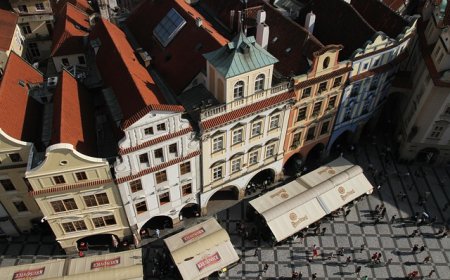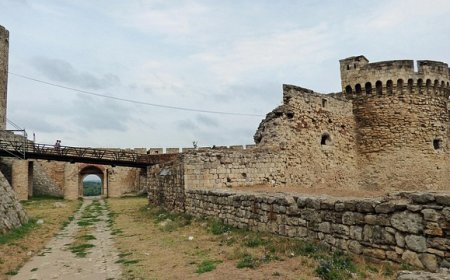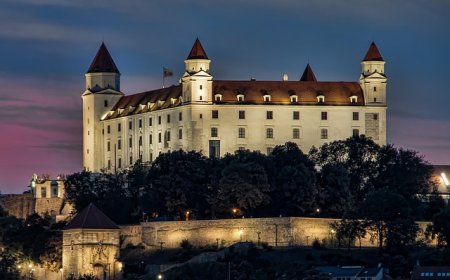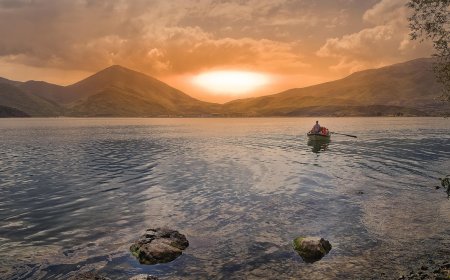Hungary for Students: Geography, History, and Culture Explained
Learn all about Hungary—its geography, traditions, capital city Budapest, and more—in this student-friendly educational article.
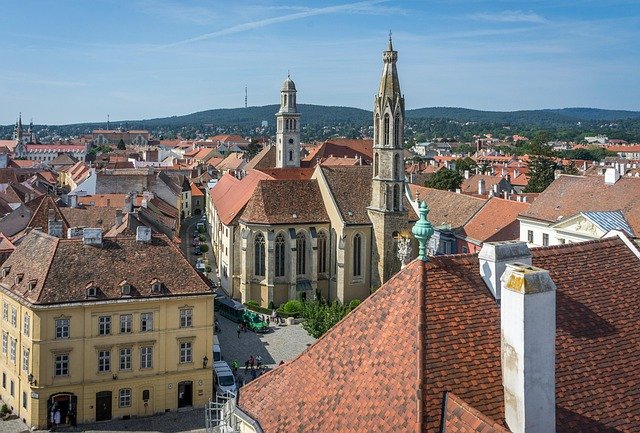
🇭🇺 Hungary: Heart of the Danube and Land of Traditions
🗺 Introduction
Hungary is a landlocked country in Central Europe known for its rich culture, beautiful capital city, flavorful food, and historic landmarks. Located along the famous Danube River, Hungary blends eastern and western influences, and its people are proud of their unique language, traditions, and past.
Despite facing many challenges in its history, Hungary has remained a vibrant and creative country. Whether it’s music, dance, art, or science, Hungary has contributed a lot to the world. In this article, you’ll explore its geography, people, history, and what makes Hungary so special.
🌍 Geography and Location
Hungary is bordered by Austria, Slovakia, Ukraine, Romania, Serbia, Croatia, and Slovenia, making it one of the most centrally located countries in Europe. Although it has no coastline, Hungary is full of rivers, lakes, and plains.
The most famous river is the Danube, which flows through Budapest, the capital. Another important body of water is Lake Balaton, the largest lake in Central Europe. The country’s land is mostly flat, part of the Great Hungarian Plain, which is used for farming.
Hungary has a continental climate with hot summers and cold winters. Spring and autumn are pleasant and are popular seasons for outdoor festivals and travel.
🏙 Cities and Regions
Hungary is divided into 19 counties, and its capital city, Budapest, is both the largest and most famous. Budapest is actually made up of two cities: Buda and Pest, which sit on opposite sides of the Danube River. These were joined in 1873 to form one capital.
Budapest is full of history and beauty. Visitors love its Parliament Building, Buda Castle, Chain Bridge, and thermal baths—natural hot water pools used for relaxing and healing.
Other notable cities include:
- Debrecen, an academic and cultural center in the east
- Szeged, known for sunshine and paprika festivals
- Pécs, with Roman ruins and colorful architecture
- Győr, a smaller city with baroque buildings and quiet charm
Each city reflects different pieces of Hungary’s long and diverse history.
👨👩👧👦 People, Language, and Culture
Hungary has a population of about 9.6 million people. Most people are ethnic Hungarians, though there are small communities of Roma, Germans, Slovaks, and others. The official language is Hungarian, which is not related to most other European languages. It’s unique, beautiful, and considered one of the hardest languages to learn!
Hungarian culture is full of music, dance, and storytelling. Folk art is important, especially in rural areas. Traditional embroidered clothing, folk songs, and dances like the csárdás are still performed at festivals and national holidays.
Hungarians value education, hospitality, and family. Many students speak English or German as a second language, and reading and science are highly encouraged.
🍽 Food and Traditions
Hungarian food is full of flavor and often includes paprika, a red spice made from ground peppers. Meals are hearty and often come with bread, meat, vegetables, and lots of sauce.
Popular Hungarian dishes include:
- Gulyás (goulash), a beef soup with paprika, potatoes, and vegetables
- Lángos, fried bread often topped with cheese or sour cream
- Töltött káposzta, cabbage stuffed with meat and rice
- Dobos torte, a layered chocolate sponge cake with caramel
- Rétes, a Hungarian-style strudel filled with fruit or poppy seeds
Hungary celebrates holidays like March 15th (National Day), August 20th (St. Stephen’s Day), and Christmas, with parades, concerts, and traditional foods. Many families still follow customs passed down for generations, including Easter sprinkling and harvest festivals.
🏛 History of Hungary
Hungary’s history stretches back over 1,100 years, beginning with the Magyars, a group of nomadic people who settled in the Carpathian Basin in the 9th century. In the year 1000, King Stephen I was crowned and became the first Christian king of Hungary.
In the Middle Ages, Hungary was a strong kingdom. Later, it became part of the Austro-Hungarian Empire, one of Europe’s largest powers, until World War I. After the war, Hungary lost much of its land and population in the Treaty of Trianon in 1920.
During World War II, Hungary was first allied with Nazi Germany, then invaded by it. After the war, Hungary came under communist rule, controlled by the Soviet Union. In 1956, Hungarians led a brave revolution against communism, but it was crushed.
Finally, in 1989, Hungary became a democracy, and today it is a member of the European Union and NATO. Its people are proud of their independence and rich cultural heritage.
🌿 Nature and Environment
Hungary’s landscape includes flat plains, hills, rivers, and wetlands. The Hortobágy National Park, a wide open grassland called the puszta, is home to special animals like gray cattle and birds of prey.
Lake Balaton is a favorite summer spot for swimming, sailing, and hiking, while the Danube Bend is full of forests, cliffs, and small towns with historic churches and fortresses.
Hungarians care about nature. Recycling, clean energy, and protecting wildlife are growing in popularity. Students often learn about the environment through school trips and nature clubs.
📚 Vocabulary List
| Word | Definition |
|---|---|
| Danube | A major European river that flows through Hungary and other countries |
| Goulash | A Hungarian soup made with beef, vegetables, and paprika |
| Thermal baths | Natural hot springs used for bathing and relaxation |
| Magyars | The original group of people who founded Hungary |
| Puszta | A flat, grassy plain in Hungary, often used for farming and herding |
| Paprika | A red spice made from dried peppers, common in Hungarian cooking |
| Treaty of Trianon | A 1920 peace agreement that reduced Hungary’s size after World War I |
| Csárdás | A fast-paced traditional Hungarian folk dance |
👧🧒 Kid-Friendly Summary
Hungary is a country in the middle of Europe where the Danube River flows through cities and castles. Its capital, Budapest, is full of amazing bridges and hot springs where people relax. People in Hungary speak Hungarian, and they love to eat tasty foods like goulash and sweet cakes.
Hungary has had a long and adventurous history with kings, empires, and revolutions. Today, it’s a modern country that still celebrates old traditions with dancing, music, and festivals. It’s a great place for learning, exploring, and enjoying nature and history together.
🧠 Interactive Quiz: What Do You Know About Hungary?
1. What is the capital city of Hungary?
A) Vienna
B) Budapest
C) Prague
D) Zagreb
2. What major river flows through Hungary?
A) Rhine
B) Thames
C) Danube
D) Seine
3. What language is spoken in Hungary?
A) Hungarian
B) German
C) Czech
D) Slovak
4. What is the name of Hungary’s famous beef soup?
A) Lángos
B) Gulyás (Goulash)
C) Torte
D) Paprika Soup
5. What group founded Hungary over 1,000 years ago?
A) Romans
B) Celts
C) Magyars
D) Saxons
6. What happened in 1956 in Hungary?
A) The Danube flooded
B) A revolution against communism
C) Hungary joined the EU
D) The capital was moved
7. What is the name of the large lake in Hungary?
A) Lake Geneva
B) Lake Balaton
C) Lake Victoria
D) Lake Budapest
8. What spicy red seasoning is common in Hungarian food?
A) Salt
B) Curry
C) Paprika
D) Cinnamon


















































